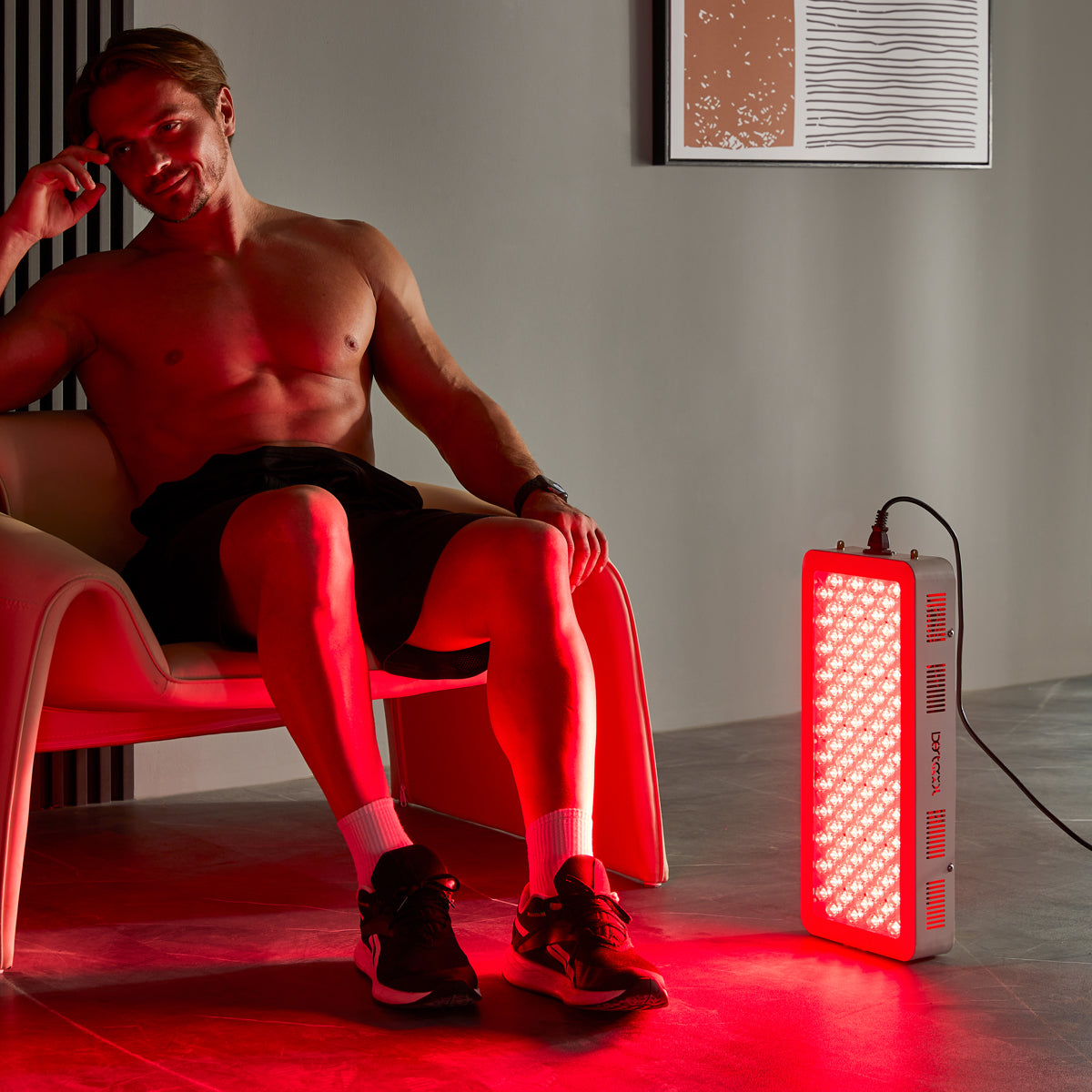Unlock the Secret to Radiant Skin: Discover the Best Red Light Therapy Devices!
In recent years, red light therapy has emerged as a revolutionary treatment in the skincare world, capturing the attention of beauty enthusiasts and professionals alike. This non-invasive therapy involves the application of specific wavelengths of light to the skin, aiming to improve its appearance and health. Many users have reported remarkable benefits, such as enhanced skin tone, reduced wrinkles, and accelerated healing of blemishes. With a multitude of red light therapy devices flooding the market, choosing the right one can be overwhelming. This article will guide you through the essentials of red light therapy, its benefits for the skin, key features to consider when selecting a device, and comparisons of the various types available. By the end, you’ll be equipped with the knowledge to discover the best red light therapy device that suits your skincare needs.

Understanding Red Light Therapy
Red light therapy (RLT) operates on the premise that specific wavelengths of light—primarily in the red and near-infrared spectrum—can penetrate the skin and stimulate cellular processes. The science behind it involves photobiomodulation, where light energy is absorbed by the mitochondria in cells, enhancing their function and promoting healing. These wavelengths, typically ranging from 600 to 650 nanometers for red light and 800 to 850 nanometers for near-infrared light, have been shown to increase ATP (adenosine triphosphate) production, improve circulation, and reduce inflammation. This process not only aids in skin rejuvenation but also contributes to overall skin health, making red light therapy a compelling option for those seeking a natural way to achieve glowing skin.
Benefits of Red Light Therapy for Skin
The advantages of red light therapy for skin care are manifold. One of the most significant benefits is its ability to improve skin tone and texture, leading to a more youthful appearance. This therapy promotes collagen production, a vital protein that helps maintain skin elasticity and firmness, thus reducing the appearance of fine lines and wrinkles. Additionally, red light therapy is effective in healing acne scars and other blemishes, as it accelerates the body’s natural healing processes. Friends who have incorporated this therapy into their skincare routine have shared impressive results, noting a visible reduction in redness and an overall smoother complexion. The combined effects of enhanced collagen synthesis and improved circulation make red light therapy a powerful ally in the quest for radiant skin.
Key Features to Consider When Choosing a Device
When selecting a red light therapy device, several critical factors should guide your decision. Firstly, consider the wavelength of light; devices that emit wavelengths in the optimal range (600-850 nm) are essential for effective treatments. Power output is another important feature; higher output can lead to shorter treatment times, making it more convenient for daily use. Treatment size matters as well; larger panels allow for more extensive coverage, which is particularly beneficial for full-body treatments. Additionally, safety features such as built-in timers and automatic shut-offs enhance user experience and safety. It’s also worth exploring user-friendly designs that fit seamlessly into your skincare routine. Taking the time to evaluate these features will significantly contribute to finding the best device that aligns with your personal skincare goals.
Comparing Different Types of Red Light Therapy Devices
Red light therapy devices come in various forms, each offering unique advantages suited for different preferences and needs. Handheld devices are portable and ideal for targeting specific areas, making them excellent for spot treatments or travel. Masks provide a convenient way to treat the entire face while allowing you to multitask during your skincare routine. Full-body panels, on the other hand, are perfect for comprehensive treatments, covering larger areas of the body in less time. However, they tend to be more expensive and require dedicated space for use. Friends of mine who have tried different types often recommend considering how frequently you plan to use the device and the specific areas you wish to target, as this can significantly influence your overall satisfaction with your choice.
User Experiences and Testimonials
User experiences with red light therapy devices are overwhelmingly positive. Many users report noticeable improvements in skin texture and a reduction in acne breakouts after consistent use. Testimonials often highlight the ease of integrating these devices into daily routines and the immediate effects felt post-treatment, such as a warm, rejuvenated glow. However, some users have mentioned that results can vary depending on skin type and the specific device used. A few friends who initially experienced minimal improvement discovered that adjusting their treatment frequency yielded better results. This highlights the importance of patience and persistence when using red light therapy devices.
Final Thoughts on Red Light Therapy
In conclusion, red light therapy presents an innovative approach to skincare, offering numerous benefits such as enhanced collagen production, improved skin tone, and accelerated healing. When choosing the best red light therapy device, it is crucial to consider factors such as wavelength, power output, treatment size, and safety features. By comparing different types of devices and reflecting on user experiences, you can make an informed decision that aligns with your personal skincare needs. Remember, achieving radiant skin is a journey, and selecting the right red light therapy device can be a significant step toward reaching your skincare goals. If in doubt, consulting with a skincare professional can provide additional insights tailored to your unique skin type and concerns.







Comments